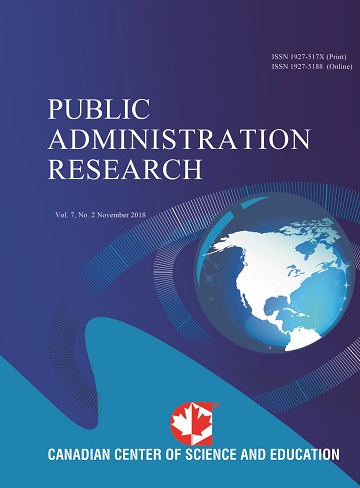PFAS (Per- and Polyfluoroalkyl Substances) as a US Federal Policy Agenda: Analyzing Its Path to Legislative Attention
- Younsung Kim
- Charlotte Dobry
Abstract
Per- and polyfluoroalkyl substances (PFAS), commonly known as “forever chemicals,” encompass approximately 15,000 compounds widely used in commercial, household, and industrial applications. These substances have been detected globally, raising concerns about their persistence and potential human health risks since the early 2000s. However, regulatory efforts to control their use and establish exposure limits have progressed slowly.
This study applies multiple streams framework to analyze Congressional bills and identify key factors influencing PFAS’s emergence as a policy priority. By examining 149 bills and amendments introduced between 2001 and 2022 using a frequency count and thematic content analysis, we found that PFAS received limited legislative attention from the 107th to the 115th Congresses, followed by a sharp increase in focus during the 116th and 117th Congresses. Our findings reveal substantial repetition in bill topics, significant overlap in sponsorships, and a pattern of modifying or expanding existing legislation rather than creating new laws. Key legislators from states such as Michigan, New York, and New Hampshire have acted as policy entrepreneurs, serving as information brokers driving legislative progress. This study enhances a broader understanding of how environmental issues, particularly those involving emerging contaminants that require extensive data collection and a long lead time before policy action, can successfully gain traction on the federal policy agenda.
- Full Text:
 PDF
PDF
- DOI:10.5539/par.v15n1p13
Journal Metrics
h-index (2017): 7
i10-index (2017): 6
h5-index (2017): 7
h5-median (2017): 13
Index
- COPAC
- CrossRef
- DTU Library
- EBSCOhost
- EuroPub Database
- Excellence in Research for Australia (ERA)
- Genamics JournalSeek
- Ghent University Library
- Google Scholar
- Harvard Library
- Infotrieve
- Jisc Library Hub Discover
- LOCKSS
- Mir@bel
- Norwegian Centre for Research Data (NSD)
- Open J-Gate
- PKP Open Archives Harvester
- Publons
- ROAD
- Scilit
- SHERPA/RoMEO
- Stanford Libraries
- Ulrich's
- UniCat
- Universe Digital Library
- UoS Library
- WorldCat
Contact
- Gabriel TaiEditorial Assistant
- par@ccsenet.org
